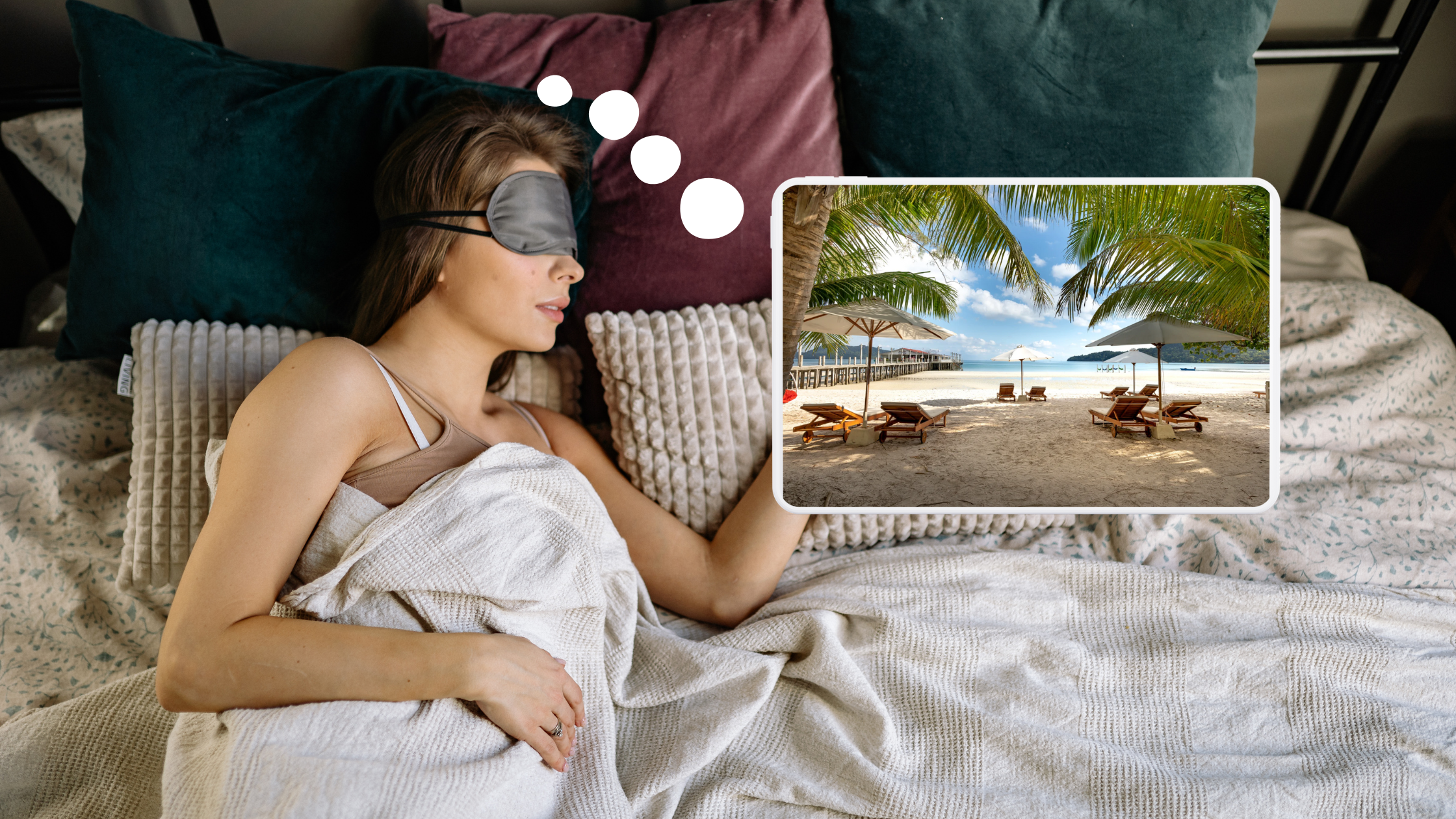You’ve probably heard of guided imagery, a relaxation technique that involves using mental images and words to evoke positive feelings. You can use guided imagery to relax your body or mind before you go to sleep, or even while you’re in the middle of the night. Fake scenarios are a form of guided imagery that help people fall asleep faster by activating the brain’s natural sleep chemicals. Here are some benefits of fake scenarios:
“Fake scenarios” are stories you tell yourself before falling asleep, usually about relaxing scenes.
A “fake scenario” is a story you tell yourself before falling asleep, usually about relaxing scenes. They’re helpful for getting rid of negative thoughts and allowing your mind to relax.
Imagine being on a tropical beach or lying in bed with your favorite book. Some people like to imagine themselves traveling through space or visiting their childhood home again as an adult. Fake scenarios are also great for helping you fall asleep if you’re having trouble doing so due to stress or anxiety; just take some time before bedtime thinking about what makes life worth living for you –what makes today worth waking up tomorrow?
Guided imagery is a form of relaxation therapy that activates the brain’s natural relaxation chemicals. It can be used to relax your body, calm your mind and reduce stress. Guided imagery can also help you fall asleep faster by lowering blood pressure and heart rate while increasing oxygen flow to the brain.
Fake scenarios can help you fall asleep faster and increase sleep quality.
Here’s how:
- Set a timer for 20 minutes. This will give your brain enough time to relax, but not so much that it gets bored and starts thinking about other things again.
- Close your eyes, breathe deeply, and imagine yourself doing whatever activity you want to do in the future (e.g., walking on a beach). Don’t think about anything else besides this scenario; if any thoughts come up in your mind, push them away as gently as possible by focusing on the scenario again until they go away completely.
If a particular scenario doesn’t work for you, consider trying another one.
If one scenario doesn’t work for you, consider trying another one. If you can’t fall asleep, try to relax and then try again. If this still doesn’t work, consult a sleep expert to see if they can help identify any other issues that may be affecting your ability to sleep through the night.
Popular falling asleep techniques.
The popularity of using “fake scenario” to help people fall asleep has grown on social media and become a popular technique for helping with sleep. It’s great to know that sleep has become an important popular topic for people on social media to talk about and share their sleep tips and tricks with other people.
However, as with all social media trends, don’t forget that sometimes there may be better alternative techniques that may work better for you! There is no ‘one size fits all’ approach for sleep, just because it is a popular technique doesn’t mean it will work for you.
If you’re struggling with falling asleep, give this method a try! If it doesn’t work for you, there are always many other falling asleep techniques out there for you to try, until you find the right one for you!
